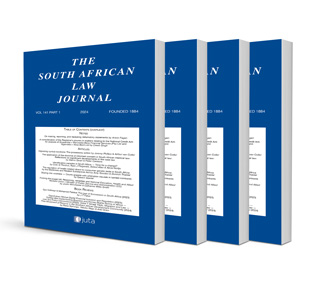A critical analysis of the grounds of removal of a director by the board of directors under the Companies Act

A critical analysis of the grounds of removal of a director by the board of directors under the Companies Act
Author Rehana Cassim
ISSN: 1996-2177
Affiliations: Associate Professor, Department of Mercantile Law, University of South Africa
Source: South African Law Journal, Volume 136 Issue 3, p. 513-549
Abstract
This article critically analyses the grounds for the removal from office of a director by the board of directors under s 71(3) of the Companies Act 71 of 2008. These grounds of removal are ineligibility, disqualification, incapacity, neglect and dereliction in the performance of the functions of a director. It is argued that certain grounds of removal are ambiguous while other grounds have the potential to be abused. For instance, there is much scope for the ground of incapacity to be abused; there are no provisions guarding against the introduction of new qualification requirements being improperly used to remove directors; the meaning of the term ‘derelict’ is not clear; an objective standard rather than a subjective standard has been imposed to ascertain whether a director has properly performed his or her functions; and it is not clear whether negligence is an additional ground for the removal of a director, nor is it clear whether additional grounds of removal may be explicitly inserted in a company’s Memorandum of Incorporation. This article recommends that s 71(3) of the Companies Act be amended with a view to removing ambiguities in this provision and to improve and strengthen the grounds for the removal of directors by the board of directors.